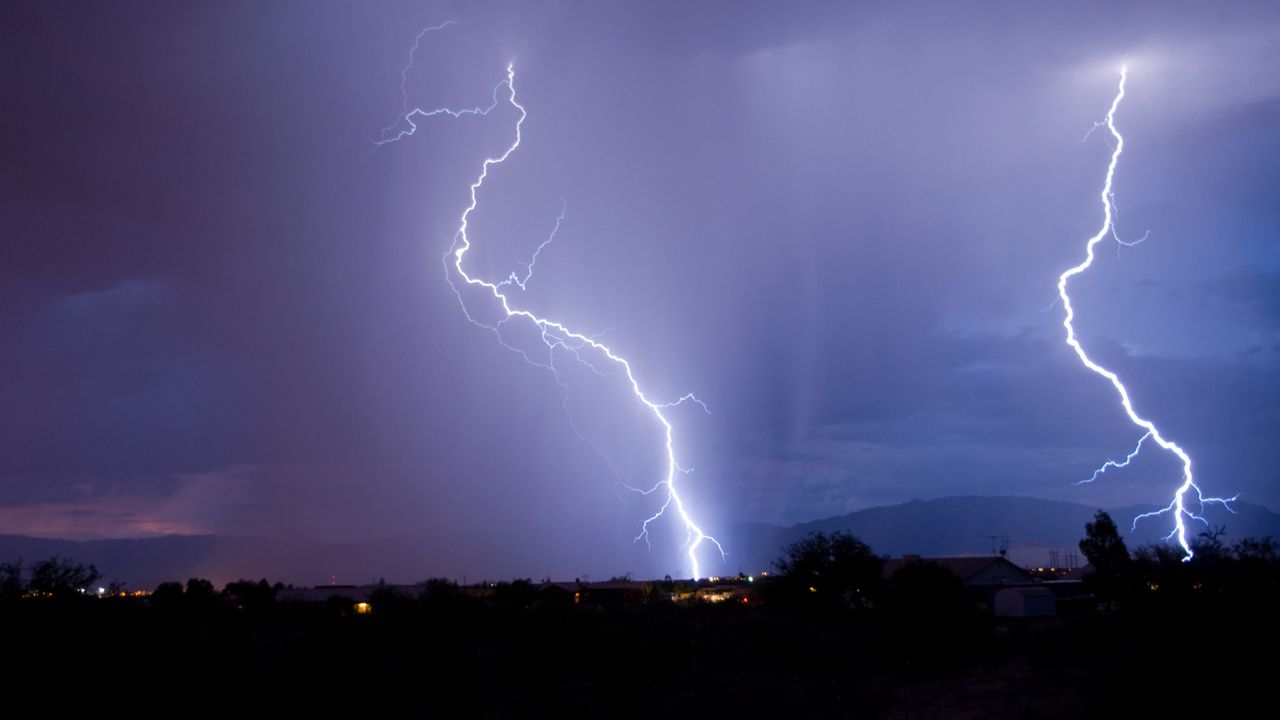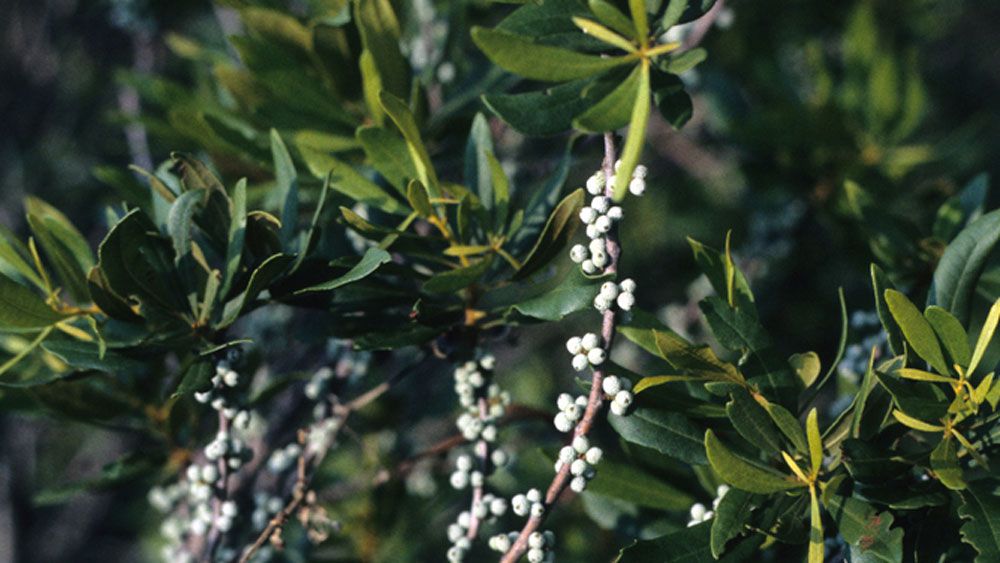The calendar may say spring, but some of the U.S. looks and feels more like winter with bitterly cold temperatures and accumulating snow.
Although it can make an already long winter seem inescapable, snowfall is very different when it falls this time of year versus the dead of winter.
What You Need To Know
- Milder air can change the moisture content of snow in the spring
- Heavier and wetter spring snow can lead to trees and power lines breaking
- The higher sun angle can melt snow much faster than in the winter
- Plants and livestock can suffer from late-season snowfall and cold spells
In the heart of the winter, areas that receive snow typically stay in prolonged periods of cold, often sub-freezing temperatures. This extended frozen period leads to a cold ground, which keeps the snow sticking around for quite some time, especially in areas that don't see much sunshine in the winter months.
Plants, animals, and nearly every natural outside element prepare for this seasonal change. In the spring, however, things are very different.
In the winter, untreated sidewalks and streets, combined with a low sun angle, can keep the snow around for days and weeks.
In the spring, the higher sun angle and strength help keep surfaces warmer before the snow and help melt the pack quicker after it falls. If the forecast calls for light snow in the spring, it'll often be extremely hard for much of it to stick around.
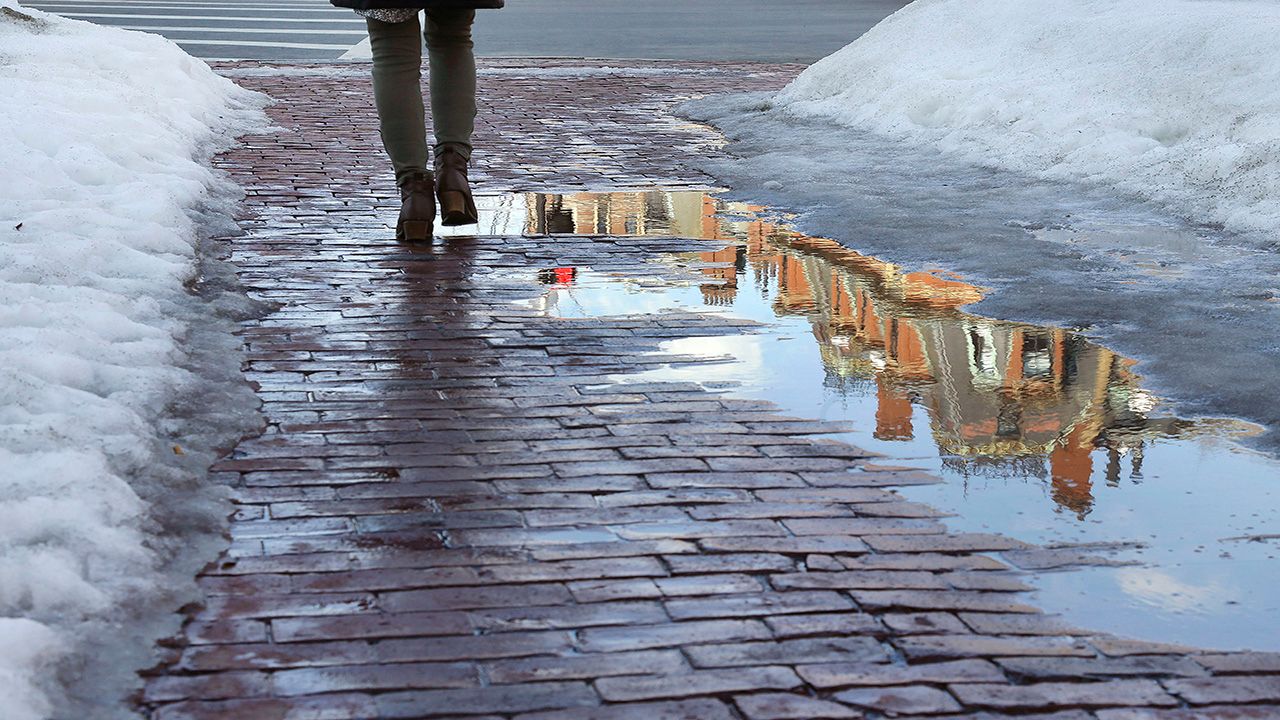
In fact, past late March or early April, you would typically need moderate, if not heavy, snow to fall for anything to accumulate.
The colder temperatures in the wintertime make for some major differences in the make-up of the snow itself.
In the winter, colder temperatures usually make the snow very light, airy, and fluffy. There is far less moisture in each snowflake because of this. Pair that with the colder surfaces, and it's extremely easy for nearly every flake that falls to stick.
Although, in the spring, milder temperatures make for heavier and wetter snow. This makes it difficult for snow to stick (unless it's a band of heavy snow) because all that extra water hitting milder surface temperatures melts that much quicker.
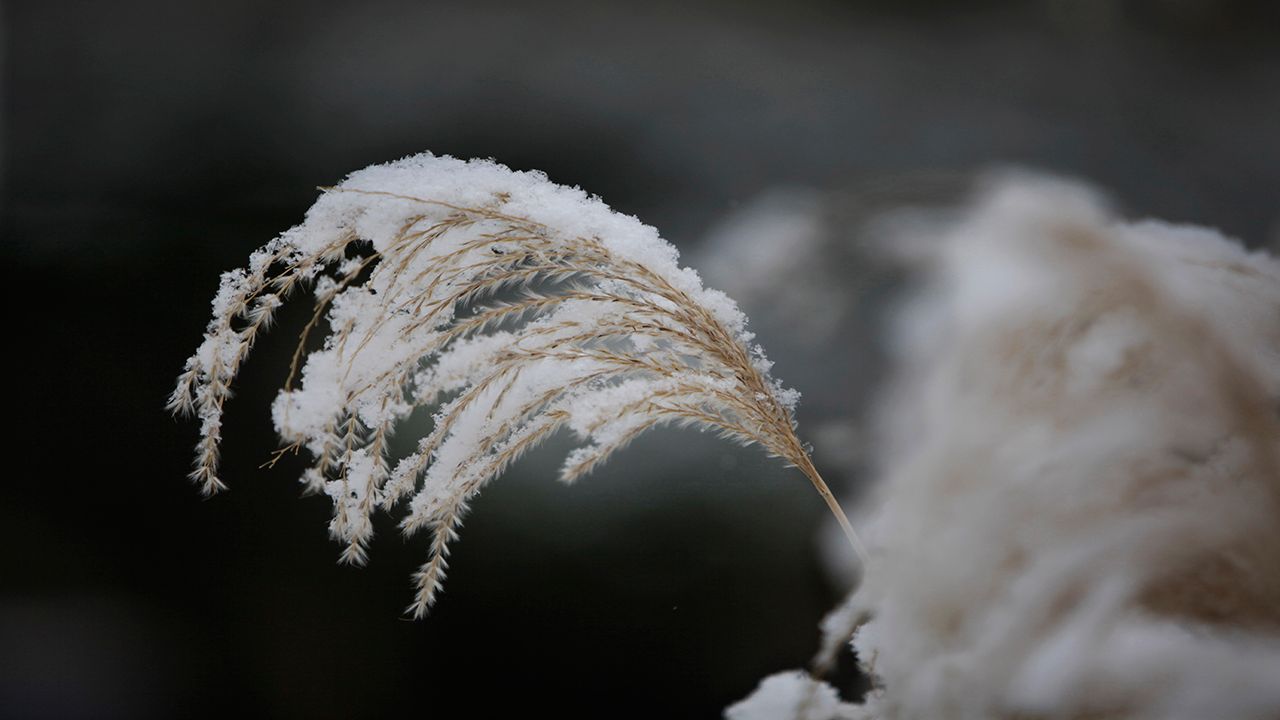
On that note, always be careful when shoveling snow in the spring. That wetter, heavier snow can be dangerous to shovel, causing neck and back injuries and even heart attacks for those not in top physical shape.
Unfortunately, every season numerous injuries and deaths occur from shoveling.
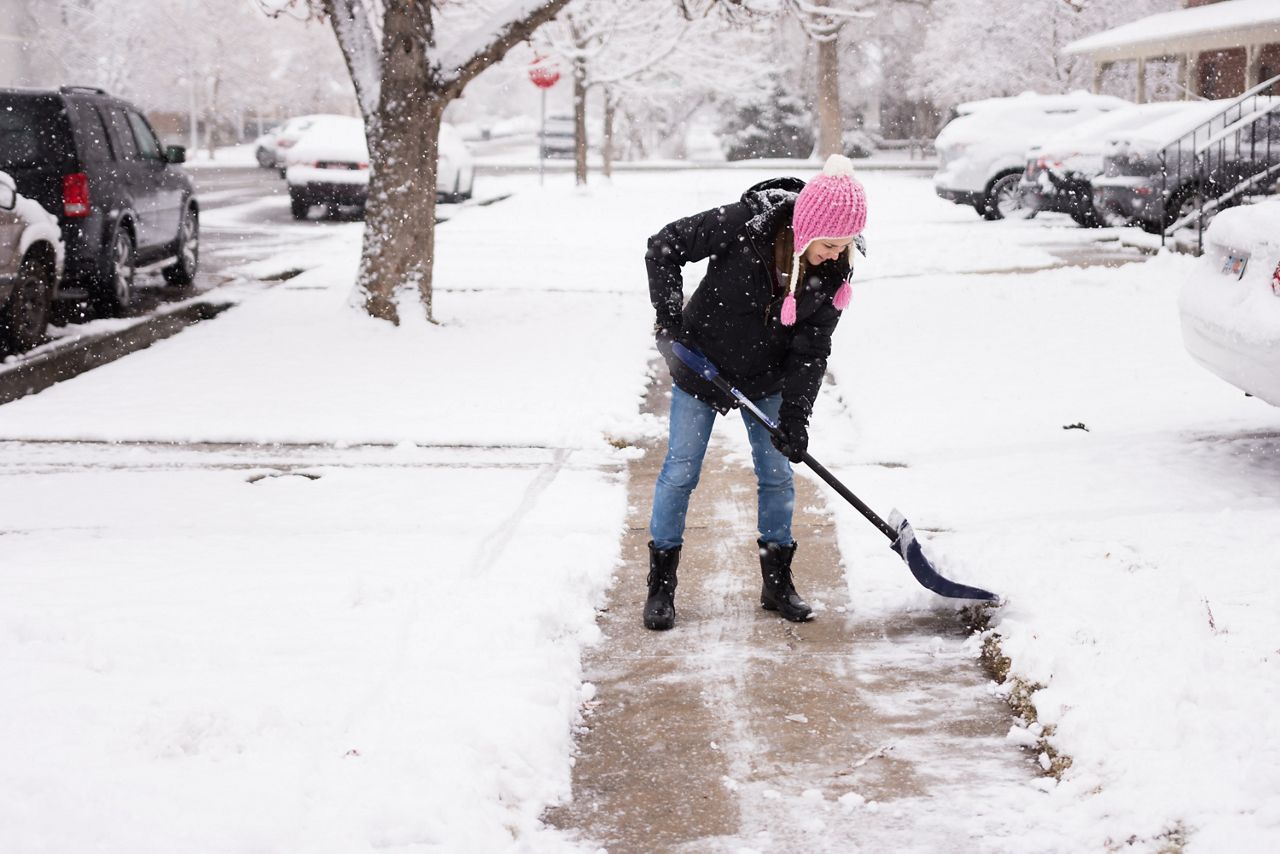
Heavier and wetter snow in the spring can also be more damaging. All that heavier weight on the trees and power lines can cause them to topple, snap, and break.
Add wind to any storm system and spring snow can be downright dangerous!
Power outages are a common occurrence during spring snowstorms, so it's a good idea to always have an emergency kit handy as in all extreme weather situations.
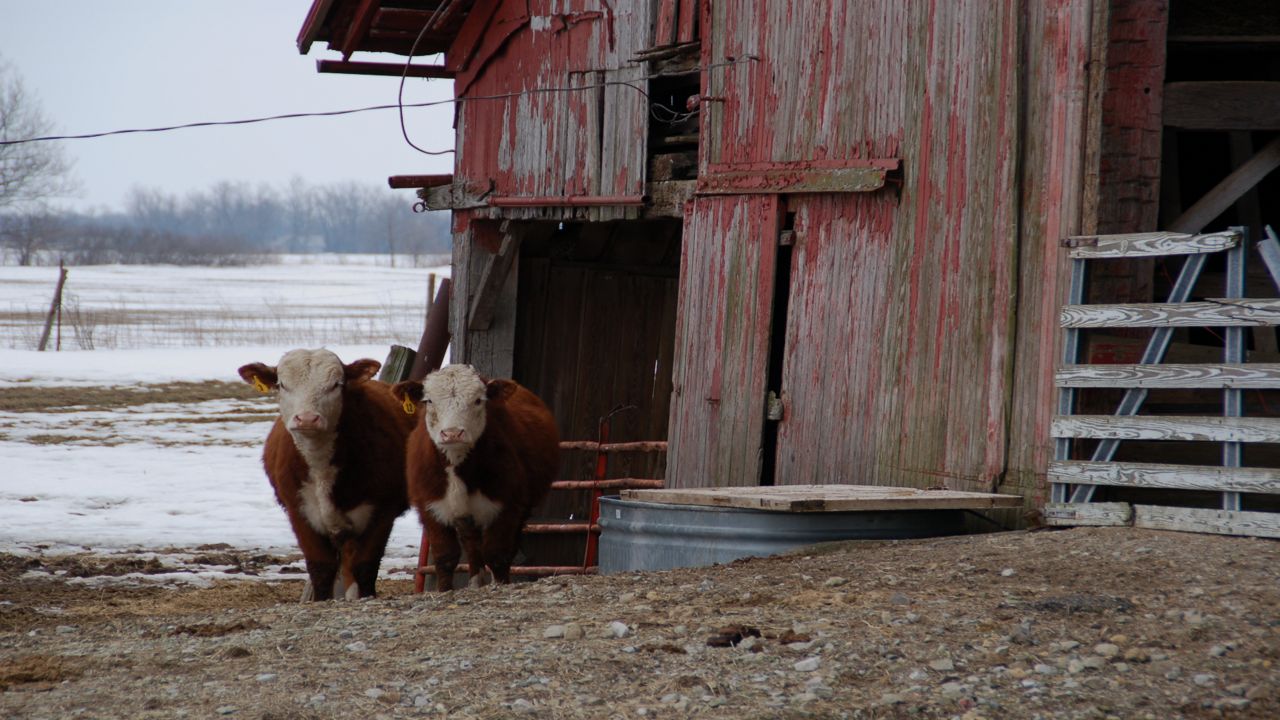
Finally, spring snow can negatively impact livestock and vegetation.
By the time late March and April roll around, animals and plants have already started their transition into adapting to the milder temperatures. With snow and cold, well, that'll throw that off.
By early April, many farm animals that grow thicker coats will shed them. If not sheltered or cared for properly, a spring bout of cold and snow could injure them or even cause them to freeze to death in extreme circumstances.
This is why many farmers have to pay extremely close attention to the changing forecasts in the spring.
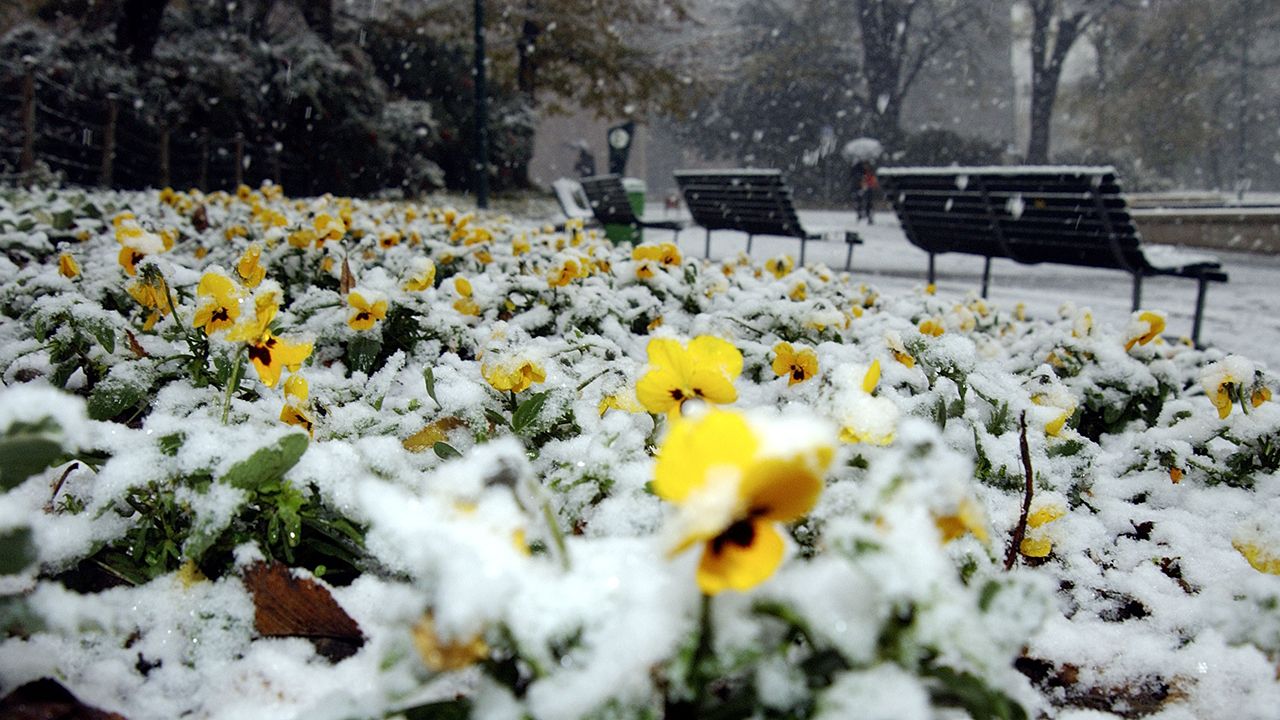
Flowers, plants, and vegetables can also be harmed or die if the snow and cold are extreme enough. Always cover those sensitive plants or bring them inside if you can when a spring forecast calls for snow or a freeze.
And remember, before we know it, we'll be talking about heat waves and the other extreme summer weather conditions that can affect nearly everything around us! Stay tuned.





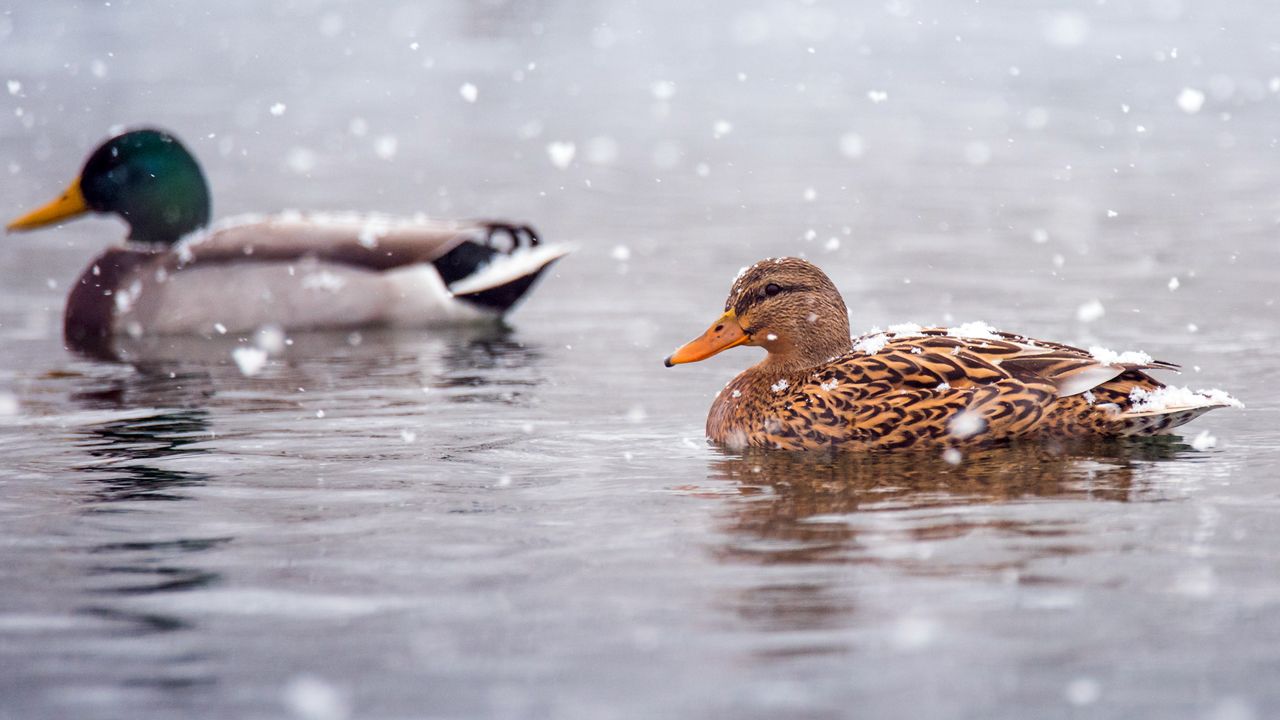
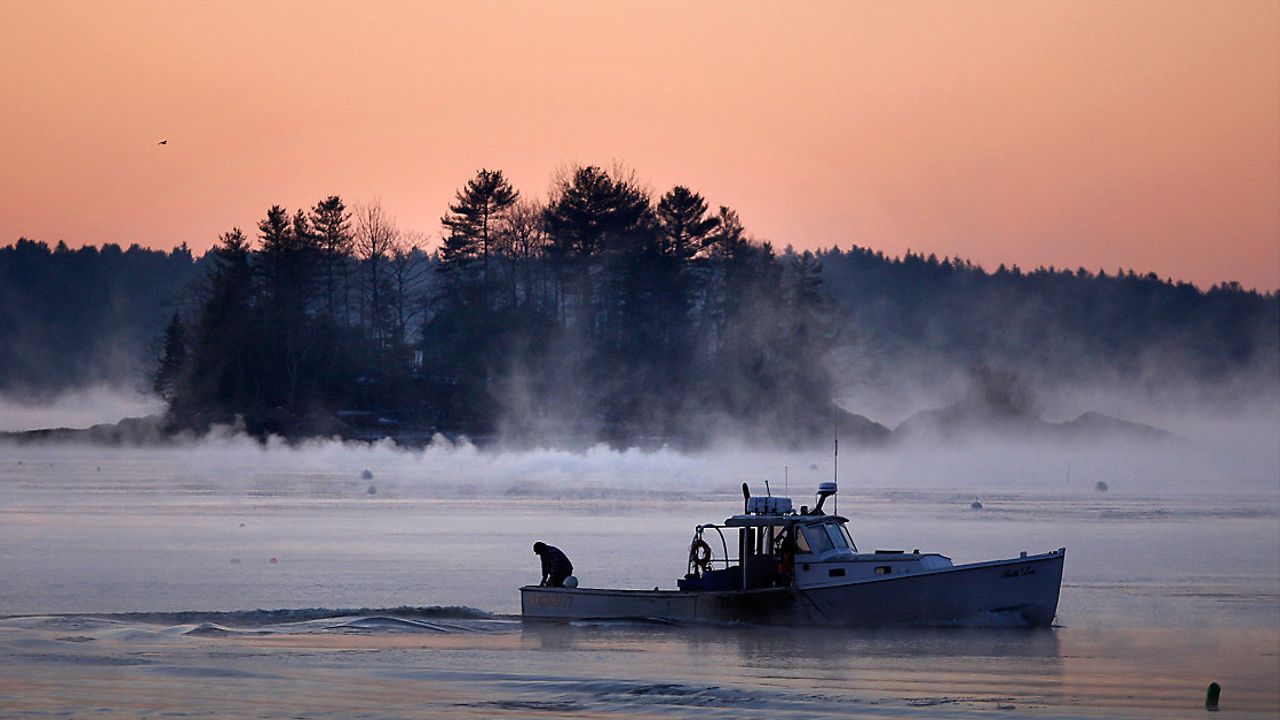
)
